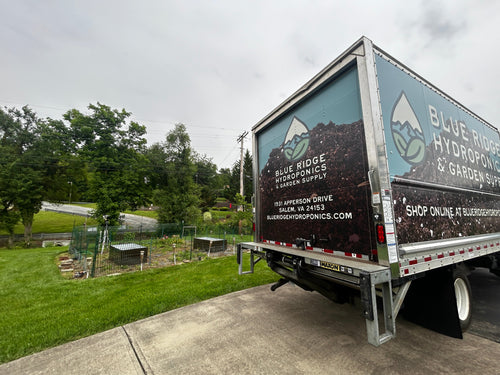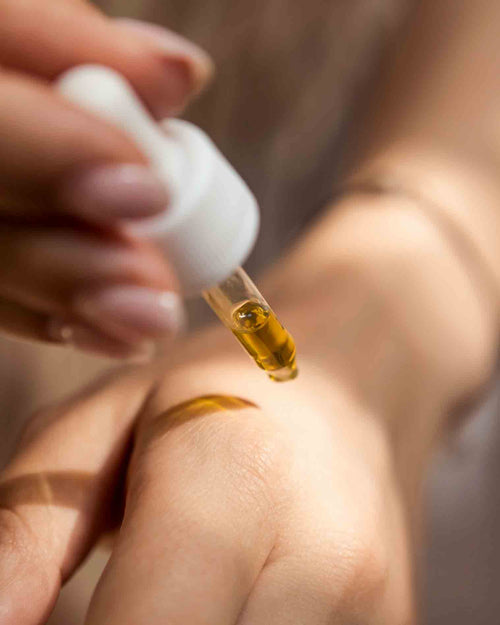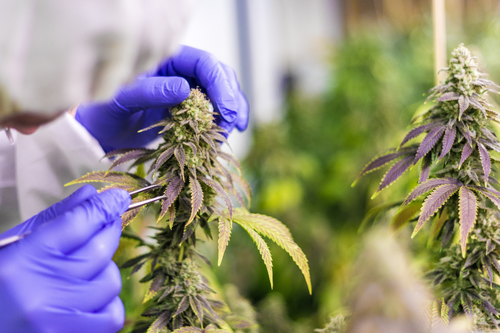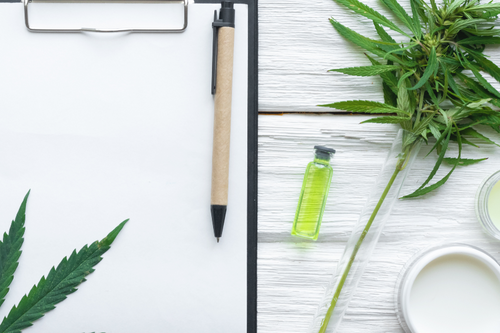Maximizing Your Hydroponic Harvest: Tips for a Bountiful Season

Recent Blogs
Achieving a bountiful hydroponic harvest requires more than just proper setup; it involves optimizing every aspect of your growing environment. By implementing key strategies and techniques, you can maximize your yield and ensure a successful harvest season. Here’s a comprehensive guide to help you get the most out of your hydroponic garden.
Optimize Nutrient Delivery
Choose the Right Nutrients
Select high-quality hydroponic nutrients tailored to your plants' growth stages. Use nutrient solutions that are specifically designed for hydroponic systems to ensure efficient nutrient uptake and healthy plant development.
Monitor and Adjust pH and EC
Regularly check and adjust the pH and electrical conductivity (EC) of your nutrient solution. Maintaining the correct pH (typically between 5.5 and 6.5) and EC levels ensures that plants can absorb nutrients effectively, leading to healthier growth and increased yields.
Enhance Light Conditions
Provide Adequate Light Intensity
Ensure your plants receive sufficient light intensity for optimal growth. Use full-spectrum LED or HID grow lights that offer the appropriate light spectrum for each growth stage. Adjust the light height and duration based on your plant’s needs.
Use Reflective Materials
Incorporate reflective materials, such as Mylar or white paint, to maximize light distribution and prevent light loss. This enhances the efficiency of your lighting system and promotes uniform growth.
Maintain Optimal Environmental Conditions
Control Temperature and Humidity
Maintain consistent temperature and humidity levels within the ideal range for your plants. For most hydroponic systems, keep temperatures between 65-75°F (18-24°C) and humidity around 50-60%. Use fans, heaters, or dehumidifiers as needed to stabilize these conditions.
Ensure Proper Air Circulation
Good air circulation is crucial for healthy plant growth. Use oscillating fans to promote airflow and prevent stagnant air, which can lead to mold and mildew issues. Proper ventilation also helps regulate temperature and humidity.
Implement Effective Growing Techniques
Train Your Plants
Utilize plant training techniques such as topping, pruning, and low-stress training (LST) to promote bushier growth and increase light exposure to lower parts of the plant. This results in more productive flowering and fruiting.
Manage Plant Spacing
Ensure adequate spacing between plants to prevent overcrowding. Proper spacing allows for better light penetration and air circulation, reducing the risk of disease and improving overall plant health.
Monitor and Address Pests and Diseases
Regular Inspections
Regularly inspect your plants for signs of pests or diseases. Early detection is key to preventing infestations and minimizing damage. Use organic pest control methods or consult with experts for effective treatments.
Maintain System Cleanliness
Keep your hydroponic system and growing area clean to prevent the spread of pathogens. Regularly sanitize containers, grow trays, and nutrient reservoirs to ensure a healthy growing environment.
Harvest at the Right Time
Check Ripeness
Monitor your plants closely to determine the optimal harvest time. For crops like cannabis, check trichome color and plant maturity. Harvesting at the right time ensures the best flavor, potency, and yield.
Plan for Harvest and Post-Harvest
Prepare for the harvest by setting up a clean and organized space. Plan your post-harvest processing, including drying and curing, to maintain the quality of your produce.
Maximizing your hydroponic harvest involves careful attention to detail and optimization of every aspect of your growing environment. By following these tips and strategies, you can enhance your yield and ensure a successful harvest season. At Blue Ridge Hydroponics, we provide the tools and resources you need for every step of your hydroponic gardening journey. Visit our store or website to learn more and boost your harvest potential!
Share
Related Posts
-

Grow Green All Year: Indoor Gardening with Blue Ridge Hydroponics & Garden Supply
When the temperatures drop or the summer sun fades, your garde...
-

Your Guide to Raised Bed Gardening in the New River Valley: Soil, Seeds, and Supplies from Blue Ridge Hydroponics & Garden Supply
If you’ve ever dreamed of growing your own vegetables, herbs, ...
-

Top Organic Nutrients for Hydroponic Gardening: What You Should Use
Growing cannabis hydroponically offers numerous benefits, incl...
-

Gift Guide for Hydroponic Gardeners: Perfect Presents for the Holidays
The holiday season is the perfect time to celebrate and apprec...
-

How to Store and Preserve Your Cannabis Harvest
After months of careful cultivation and nurturing, you’ve fina...
-

Preparing Your Hydroponic Garden for Harvest Season
As the harvest season approaches, preparing your hydroponic ga...
-

Step-by-Step Guide to Setting Up a Basic Hydroponic System for Cannabis
Growing cannabis using a hydroponic system can be highly effic...
-

How to Plan Your Hydroponic Garden for Continuous Harvest Through the Holidays
The holiday season is a time for celebration, family gatherin...
-

The Ultimate Starter Kit for Growing Cannabis at Home
Starting your own cannabis garden at home can be an incredibly...
-

Embracing Nature's Canvas: Growing Cannabis in the Ground Outdoors
When it comes to cultivating cannabis, there's an art to it th...
-

Unlocking Potential: Growing Cannabis in Deep Water Culture (DWC) Hydroponics
For cannabis enthusiasts looking to push the boundaries of tra...
-

Blue Ridge Hydroponics Grows Under New Female Ownership
Brynnen Beierle looks forward to expanding the business...
-

Harvesting Cannabis
Now you know your cannabis history, you know the laws and you ...
-

How Have the Virginia Cannabis Laws Changed?
How Have the Virginia Cannabis Laws Changed? Across the coun...
-

The Long Road to Cannabis Prohibition
The Long Road to Cannabis Prohibition (and Back Again) Well,...
-

How Do I Grow Cannabis?
So, you’ve been following the news, you know the laws (and if ...
-

Is 7/1 the new 4/20?
Is 7/1 the new 4/20? Unless you’ve been living on the dark s...





















